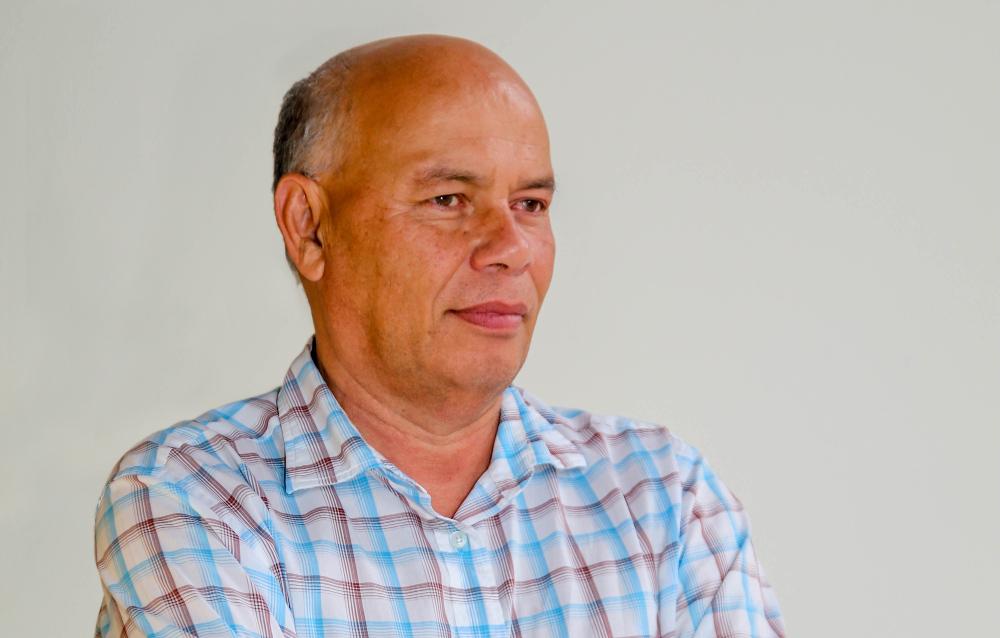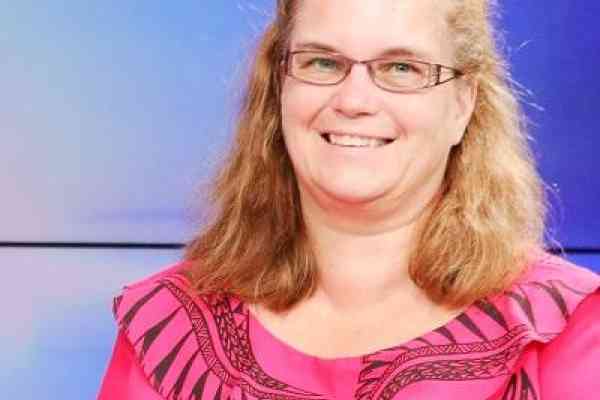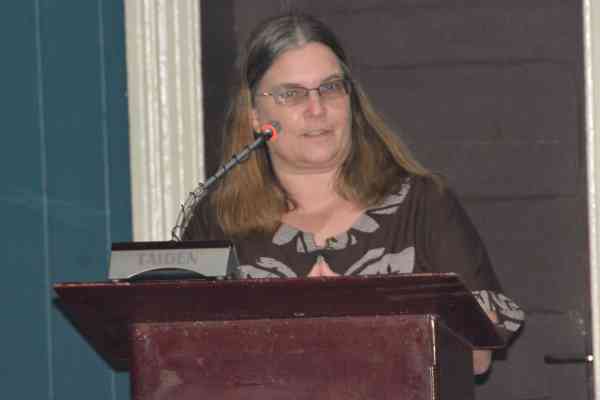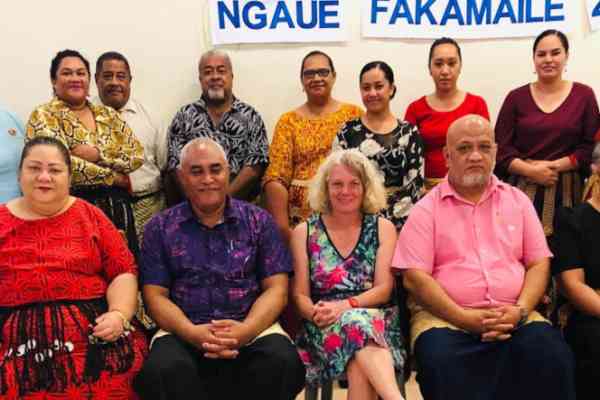Honourable Co-Chairs, Excellencies, ladies and gentlemen.
This is a momentous occasion for the Pacific Community. It is the first time our organisation is present here in its own right, and I am honoured as Director-General to make this inaugural statement to such an auspicious audience.
For those of you unfamiliar with the Pacific Community, we are a development organisation based on science, knowledge and innovation supporting sustainable development in Pacific Island countries and territories since 1947, when we were known as the South Pacific Commission. The Pacific Community recognises that this support must consider the changing development landscape at the national, Pacific region and global levels. As a key institution in the regional architecture supporting Pacific Island countries and territories, our programmes reflect the strategic direction set out in the Framework for Pacific Regionalism, led by the Pacific Islands Forum, and the regional priorities identified in the SAMOA Pathway.
Co-chairs, please allow me to congratulate the global community on adopting the Sustainable Development Goals. It is truly an historic achievement and a development milestone.
2015 is the Time for Global Action
2015 has presented an unprecedented opportunity to bring the countries and citizens of the world together to decide and embark on new paths to improve the lives of people everywhere. These decisions will determine the global course of action to end poverty, promote prosperity, improve health and wellbeing for all, protect the environment and address climate change.
In 2015, the global community has adopted a new Sustainable Development Agenda, and a new global agreement on climate change is expected in Paris later this year. Let me say at this point there cannot be Sustainable Development Goals without a binding agreement in Paris, from our perspective.
Our region’s future prosperity and ability to effectively tackle the major challenges like climate change, poverty and non-communicable diseases, depend on the drive, determination and quality of learning outcomes for tomorrow’s decision makers.
Eradicating poverty requires a change of practice to refocus investments across sectors supporting young people, and to engage and target vulnerable youth. This ensures that we “leave no one behind”.
It is acknowledged that the Sustainable Development Goals are interlinked. But please allow me to put our challenge in our region into context.
The starting point for us is very simple. The Pacific Small Island Developing States are spread over an area of approximately 36 million square kilometres – almost four times the size of China and almost 20% larger than the African continent. It covers approximately 11% of the world’s water surface and 7% of the total surface of the earth. It is the largest ecosystem on the planet. But only 1.5% of this total area is land, with 98.5 % covered by water – a fact recognised by our leaders when they adopted the term ‘Large Ocean Island States’.
It is this vast ocean that joins the Pacific states together. It is the only resource that many of our island nations have access to, and therefore goal 14 is critically important to our region: healthy oceans are fundamental to resilience and sustainable development. It is critical in our region to advancing all three pillars of sustainable development – economic, social and environmental.
It is the main source of livelihoods for many of our people – it provides food security, health security and economic benefits. Therefore the critical importance of conserving and sustainably using the oceans, seas and marine resources is paramount. Achieving targets enshrined in goal 14 is fundamental.
Equally important is goal 13: take urgent action to combat climate change and its impacts. Our Pacific Island region contributes 0.03% of the total world greenhouse gas emissions, yet we are already suffering from the adverse effects of climate change. Failure to reach a legally binding agreement in Paris will further compromise the lives and livelihoods of our people.
Investing in young people requires firm commitment to goal 4 Ensure inclusive and equitable quality education and promote lifelong learning opportunities for all. Education is a fundamental building block for sustainable development. While we have good access to education in the region, only three out of 10 young people in school achieve desirable and recommended literacy levels.
Given my background, it would be remiss of me to not speak about goal 3: ensure healthy lives and promote the well-being for all at all ages. While it is all encompassing, I would like to make a pitch for specific attention to NCDs: obesity, diabetes, heart disease and so on. A high proportion of these deaths occur in low and middle income countries, and well below the age of 60 years, deaths which are preventable at such an early age.
Around three-quarters of all the deaths in the Pacific SIDS are due to NCDs; the majority are in their most economically active age bracket and for many others, their capacity to contribute further to economic development is significantly reduced. The top 10 countries with the highest overweight and obesity rates in the world are Pacific SIDS. Recognising the huge economic costs of NCDs in the Pacific, the rising expenditure on NCDs comprises well over half of the total health budgets of many small island countries.
Ladies and gentlemen, you will recall the MDGs had 8 Goals, 18 targets and 60 indicators. The SDG Agenda has more than double the goals, 17; 169 targets (a nearly ten-fold increase) and, at present, some 320-plus indicators. I would note that they are yet to be finalized). This is a huge increase and it is imperative that these should be narrowed down to a more manageable set of global headline indicators, all countries worldwide, can commit to, regularly monitoring and reporting on.
In this context, I am proud to say that in our region we have made a start which was recently communicated to the United Nations. Our sectoral experts, colleagues from all relevant technical intergovernmental organisations, have come up with a list of 62 regional headline indicators we believe would do justice to an effective monitoring regime of the SDGs in our region. Matching these draft Pacific indicators against the current draft list of 82 Tier-1 indicators proposed by the United Nations (UNSD) for consideration by the Expert Group in Bangkok next month, shows an overlap of nearly 50%. In other words, for us to commit to our own regional priority requirements, plus all currently proposed Global Tier-1 indicators, we would be looking at a set of 116 indicators. This is still nearly double of the current MDG total, but only around one third of the currently proposed total of 320+.
Ladies and gentlemen, whatever the final outcome of the SDG Interagency expert group deliberations, it should go without saying, that the volume of additional data collection will be substantial for SIDS and most developing nations, and would require a massive global investment in this area, as stressed by many countries and organisations at the Third International Conference on Development Finance, in Addis Ababa in July.
Without due consideration of this reality, I am afraid most of us will be doomed to fail in our responsibilities to monitor, and report reliability the progress of implementing the comprehensive SDG agenda, we are all fully committed to implement.
Ladies and gentlemen, it is a great honour for me to share the Pacific Community’s perspective with you at this Summit.
Our longevity and standing as the Pacific region’s principal scientific and technical development organisation is only possible through the unity of our members, dedication of our staff, the support of Pacific people and our principal development partners, and the strength, commitment, and warmth of truly durable and genuine partnerships.
I thank you for your attention.



